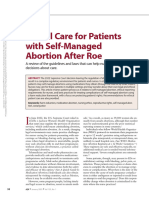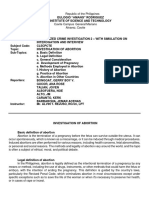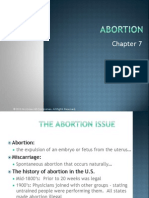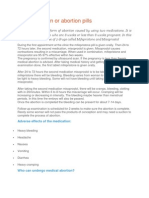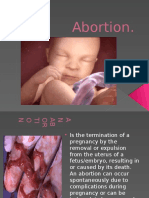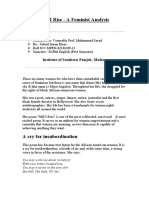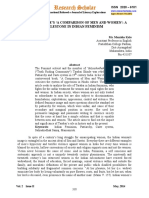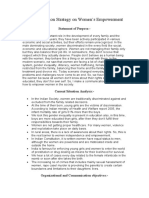0% found this document useful (0 votes)
14 views7 pagesAbortion
The document discusses the ethical, legal, and social dimensions of abortion, highlighting the pro-life and pro-choice perspectives, historical context, and current legal frameworks. It also covers medication abortion, detailing the medications used, their mechanisms, safety, and the controversies surrounding access and regulation. The ongoing debates emphasize the conflict between bodily autonomy and fetal rights, as well as the implications for women's health and social equality.
Uploaded by
CYUSA patienceCopyright
© © All Rights Reserved
We take content rights seriously. If you suspect this is your content, claim it here.
Available Formats
Download as DOCX, PDF, TXT or read online on Scribd
0% found this document useful (0 votes)
14 views7 pagesAbortion
The document discusses the ethical, legal, and social dimensions of abortion, highlighting the pro-life and pro-choice perspectives, historical context, and current legal frameworks. It also covers medication abortion, detailing the medications used, their mechanisms, safety, and the controversies surrounding access and regulation. The ongoing debates emphasize the conflict between bodily autonomy and fetal rights, as well as the implications for women's health and social equality.
Uploaded by
CYUSA patienceCopyright
© © All Rights Reserved
We take content rights seriously. If you suspect this is your content, claim it here.
Available Formats
Download as DOCX, PDF, TXT or read online on Scribd
/ 7





